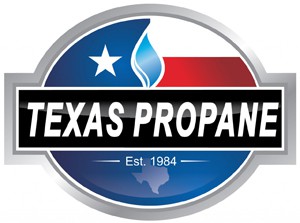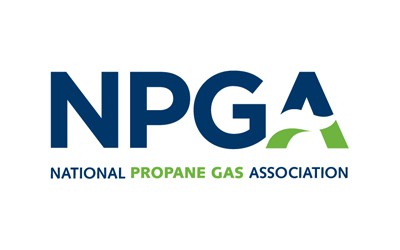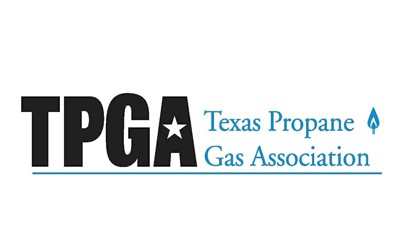Propane Regulator Installation
LP Gas Tank Regulator Installation
It is necessary for all ASME propane tanks in service to have a regulator installed no more than 36 inches from the tank’s service valve. Regulator installations at the tank will be either a single stage regulator, high pressure regulator or integral two-stage regulator. In addition, protection in one of the following way from the elements is essential:
- Shielding the regulator by means of a suitable cover such as the tank dome
- Installing the regulator with the vent face down if there’s no cover
The goal of tank regulator installation is to protect the regulator’s vent from anything that could enter through the vent.
Second Stage Regulator Installation
Installation of second stage regulators are away from the tank often on the outside wall of a building or near the propane gas appliance, such as an outdoor pool heater. Installing a second stage regulator involves efficiency and the economy of the tank installation. If high BTU demand appliances are a good distance from the propane tank, the piping will need to be of a much larger diameter if an integral two stage regulator is installed. Downstream second stage regulators work in unison with first stage and high pressure regulators at the tank and allow for expansion of the gas system and future addition of LP Gas appliances.
You can easily identify second stage regulators alongside a building with the yard line coming out of the ground into the inlet of the regulator and the regulator outlet connected to the piping that enters the building housing the LP Gas appliances. These second stage regulators need to have the vent vertically down and at least 3 feet away from any building opening.
Propane Regulator Protection from the Heat
Not only is installing a propane regulator near a source of heat extremely unsafe, but it is also illegal. Installation of regulators requires protection from sources of extreme heat. Regulator diaphragms consist of synthetic material and/or rubber. While they are designed to withstand certain amounts of heat, regulator diaphragms are not designed to withstand extremely high temperatures.
Regulators have other internal components consisting of heat sensitive materials and while resistant to certain levels of heat, extreme heat can easily damage these regulator parts and flame impingement. Installation of a propane regulator near a source of extreme heat can result in the regulator failing. Fires can occur due to a a failed regulator from extreme heat.
These are just the basics of propane regulator installation. Contact us with the link below for more information or to schedule your next propane tank installation or repairs with us!







